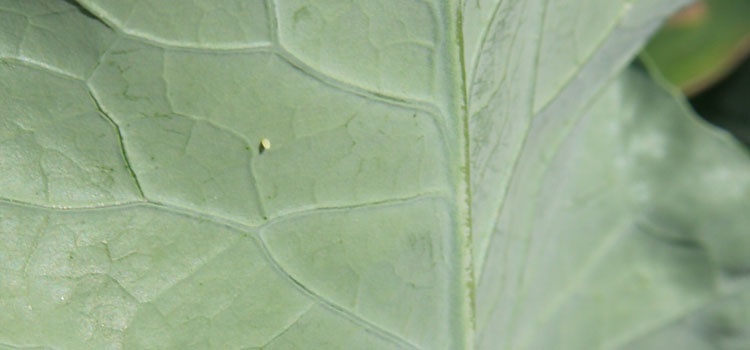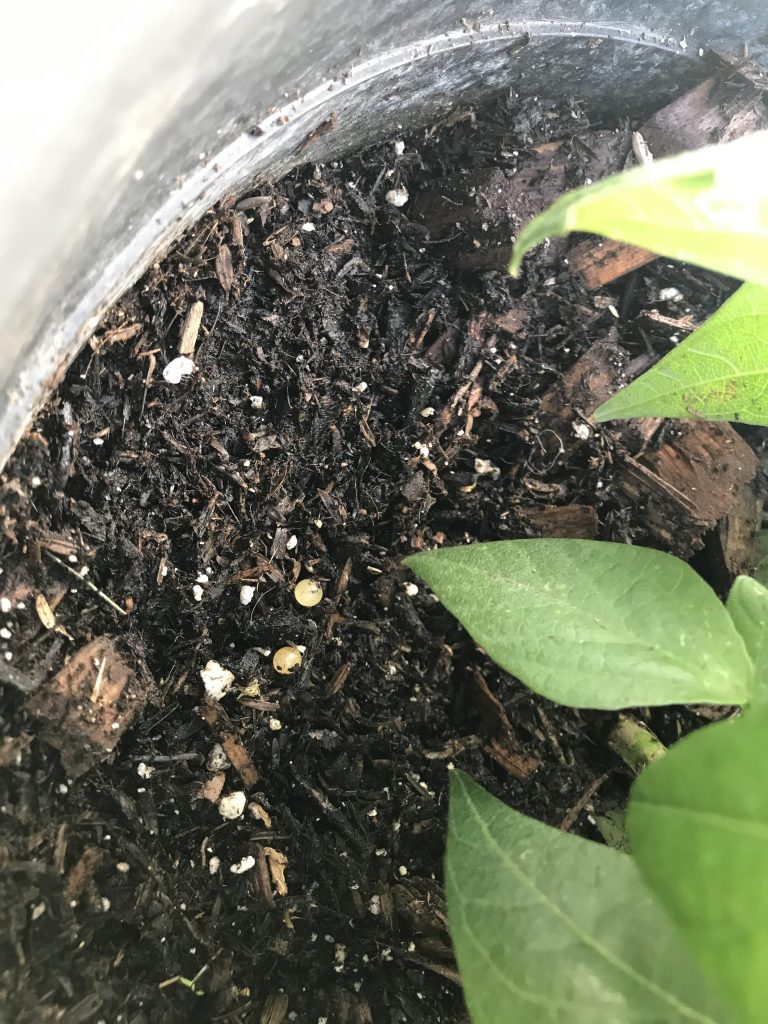
Cabbage Worms: How To Spot Them and How to Get Rid of Them
My garden has seen an uptick in pests recently. One clear sign of an infestation that I found were large holes in the leaves of my brussel sprouts, squash, and green beans. The culprit behind this: ferocious eaters called the cabbage worm. As the name would suggest, you’ll usually find these cabbage worms munching on plants that belong in the cabbage family, including brussel sprouts. But they’re not picky and will chew on anything. I have found them in lettuce, along with the aforementioned plants above.

Cabbage worms are actually caterpillar larvae from the White Cabbage Butterfly species. If you seen some white butterflies swarming around your garden, there’s a chance they’ve been looking to lay their eggs on some of your plants.
Once you start noticing some holes in the leaves of your plants, lift the leaves and check the undersides of them. This is where you would find the larvae or the eggs. The eggs are tiny white slivers which are kind of hard to spot. To the naked eye they look like tiny white dots.

I would also like to mention something about these round yellow liquid-filled balls you find in the soil.

When I was looking up the cabbage worm eggs, these things popped up in the image search. I proceeded to pick out and pop every one I could find like a maniac, only to find out later that these are actually time released fertilizer balls. You usually find these in potting soil mix. I just wanted to add this in case there’s someone else out there who had no clue what the heck these balls were and assumed they were eggs. Honest mistake.
I first found them on my brussel sprouts, and as you can see the leaves are totally eaten up. They also had another pest infestation on them called cabbage aphids. They’re similar to regular aphids but gray in color. These can be a little tricky to get rid of because they also like to hide in the crevices of the stems. I usually have to resort cutting leaves if I find them in clusters, but you can also just water them off.

If you see cabbage worms, just pluck them off and squish them. They damage the plants primarily by eating through the leaves, which will stunt the growth of the plant. If you find them on your lettuce leaves for example, you will need to take out the leaves. The lettuce could still edible if washed thoroughly, but the fecal matter left behind could have contaminated the leaf.
As far as getting rid of them there’s a couple of approaches. If you want to use an insecticide, there’s an organic insecticide called Bacillus Thuringiensis. This tricks the larvae into thinking they are full and will eventually die off from this deceptive satiation.
Another proven method is Diatomaceous Earth. If you haven’t heard of DE, it is a true wonder. This powder substance contains microscopic algae that have razor sharp edges that are harmless to humans but deadly to bugs and parasites. They also work on killing insects by dehydrating them and drying them out. I could go on and on about the many other added benefits this powder has, but for gardening purposes you can pour some over your plants and it will kill of the larvae bugs. Saying that, still be wary of using DE on plants because it could have the potential of killing off the beneficial insects too.
I am in the middle of controlling this problem myself, but hopefully this helped at least identifying the problem and possible solutions. Try to spot these problems early so you won’t have a huge infestation on your hands later.

